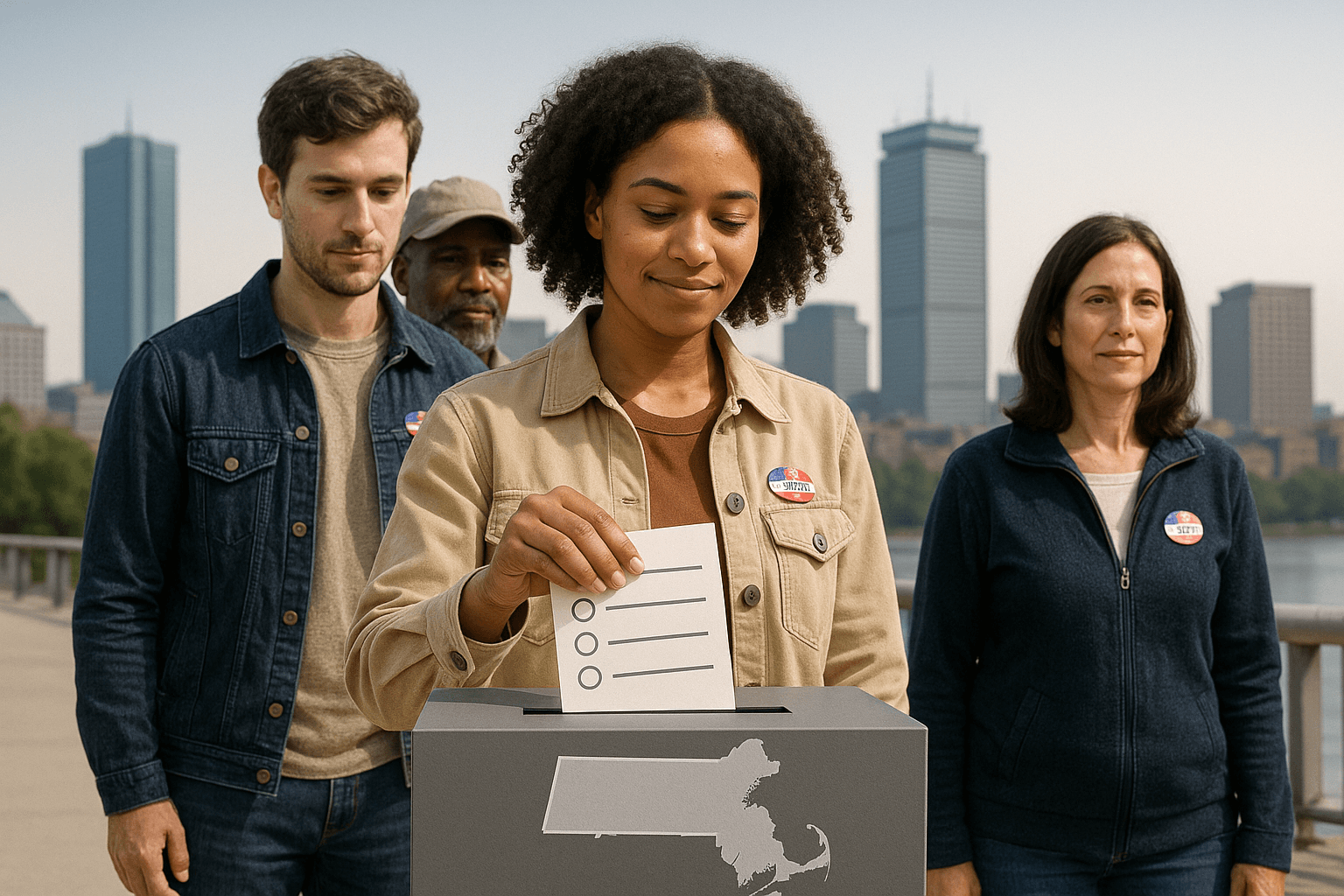Top-Two Primary Measure Set to be The Race to Watch in Oregon

For the second time in 6 years, Oregonians will vote on a measure to establish an open, top-two primary system. Measure 90 is an almost exact replica of a 2008 measure that was rejected by 66 percent of voters. Proponents are hoping that today’s general hostility toward the Democratic Party and GOP will translate to passage of the measure.
In order to appear on the ballot, supporters of the measure were required to collect 87,213 signatures by July 3. They turned in 140,045 signatures on June 23.
Measure 90 has received endorsements from The Oregonian, Herald and News, The Mail Tribune, Corvallis Gazette-Times, Portland Tribune, Albany Democrat Herald, ex-mayor of New York Michael Bloomberg (who has donated $1.25 million for the cause), ex-Enron executive John Arnold (who donated $500,000), Koch-affiliated Associated Oregon Industries (AOI), Oregon Governor John Kitzhaber (D), and U.S. Representative Dennis Richardson (R-Salem).
However, polling shows the public has yet to make up its mind. According to a DHM Research poll conducted on October 8-11, those in favor and opposed to Measure 90 were almost evenly split while 26 percent of respondents were still undecided.
While not a single Oregon newspaper has endorsed opposition to the measure, plenty of articles have been written against it and not just by the usual suspects of major party operatives. Almost every minor party on both the right and the left has publicly come out against the measure. Their biggest concern is that the measure contains language that could lead to minor parties losing their official party status, which would remove them from Oregon’s political arena.
According to activists opposed to the measure:
“Under current law, most of Oregon’s minor parties retain their status by running a candidate who receives 1% or more of the vote in a statewide race at a presidential election or general election where the party may nominate a candidate. Measure 90 eliminates party nominations. Top-Two primaries would set up a vicious cycle for minor parties: Those parties cannot nominate candidates, but they can only retain party status if the candidates they nominate receive votes.”
Minor parties are not opposed to open primaries per se, but the top-two system has proven deleterious to their branches in California and Washington, where they are at risk of disappearing all together. Top-Two, they argue, actually is strengthening the grip of Democrats and Republicans (who have far more money and infrastructure than minor parties) on primary elections, which typically attract very low voter turnout (which hasn’t changed).
“[Measure 90] is not ‘open’ in any sense of the term,” said Seth Woolley, an election activist for the Pacific Green Party, in an email. “It essentially banishes the progressive reform of party primaries that moved party nominations from back rooms to plenary public vote of all members. Party primaries are thus the most open way of parties selecting their nominees. Who can participate in a party primary should be up to each party.”
However, supporters point out that Measure 90 is demonstrably different from California’s measure.
“The single greatest innovation has been putting together a credible definition of what equality in the voting franchise actually means,” said Mark Frohnmayer.
“Our goal, as defined by the Supreme Court, is one man, one vote -- equality of voter power. But no test has been done to see which voting system most closely accomplishes that. Any time there are more than two candidates you run into trouble. How do you determine preferences in a community when there are multiple candidates with their own preferences?” - Mark Frohnmayer
Supporters of Measure 90 say criticisms of top-two are misplaced.
“The critical question is how do you determine who those two are. The Oregon measure makes no specifications about how those top two are determined," Frohnmayer said. "It establishes the principle that the choice must be made equal. By establishing the principle and not the specific mechanism, it will allow Oregon legislators to consider different systems."
Arguably the closest race to watch on Election Day in Oregon is not going to be a race for a congressional seat or a seat in the state legislature, but a ballot measure that could completely reform the election process in the state. Will the top-two open primary measure be more successful in 2014, or will it fail again? Nothing will be decided until November 4.



